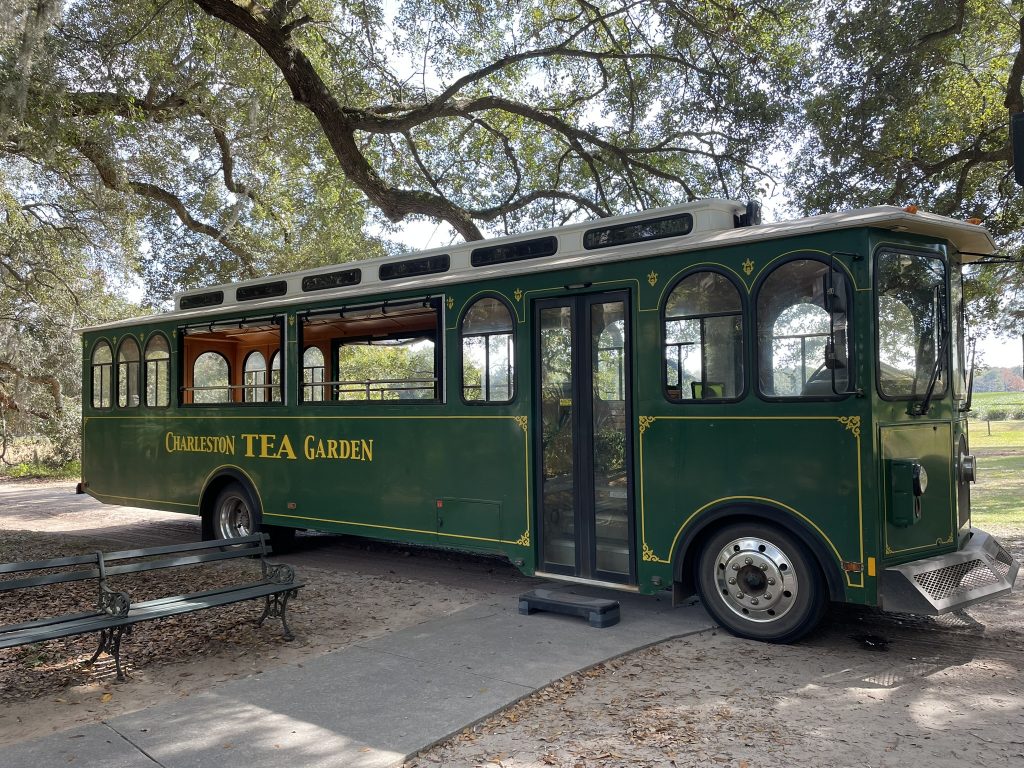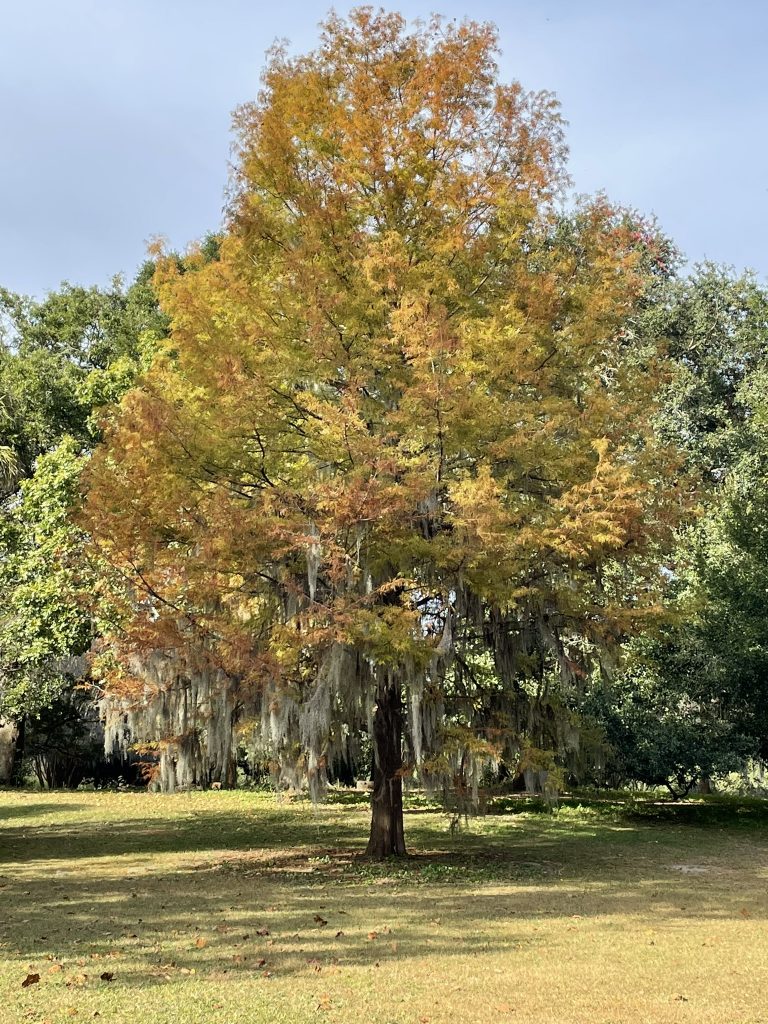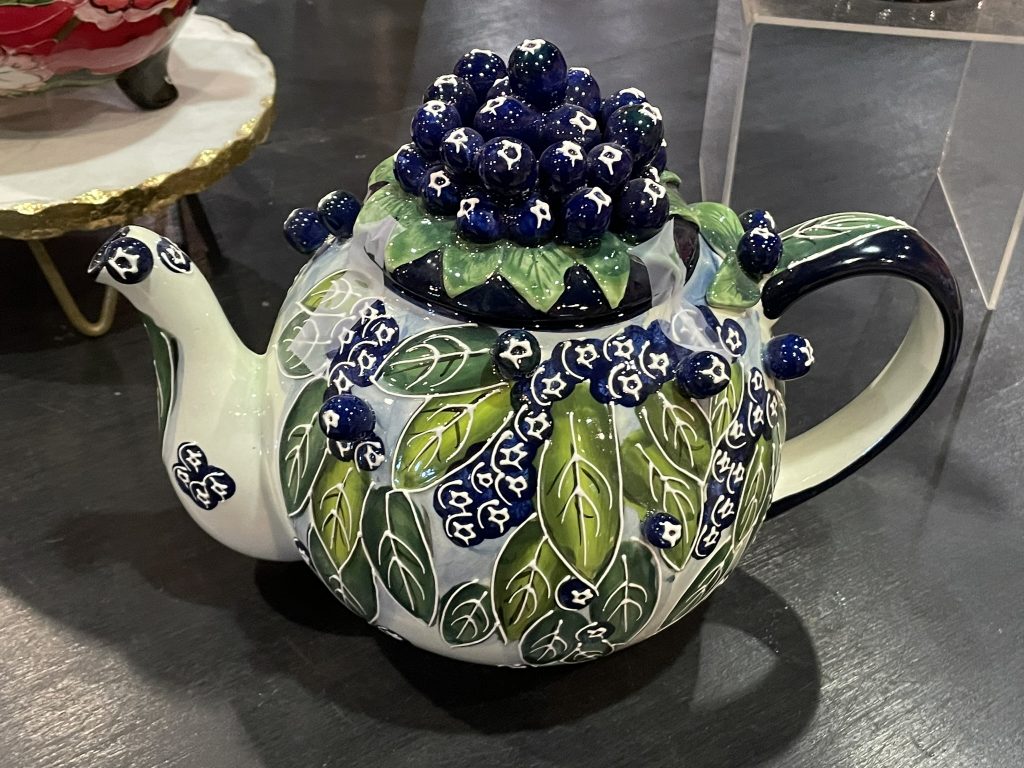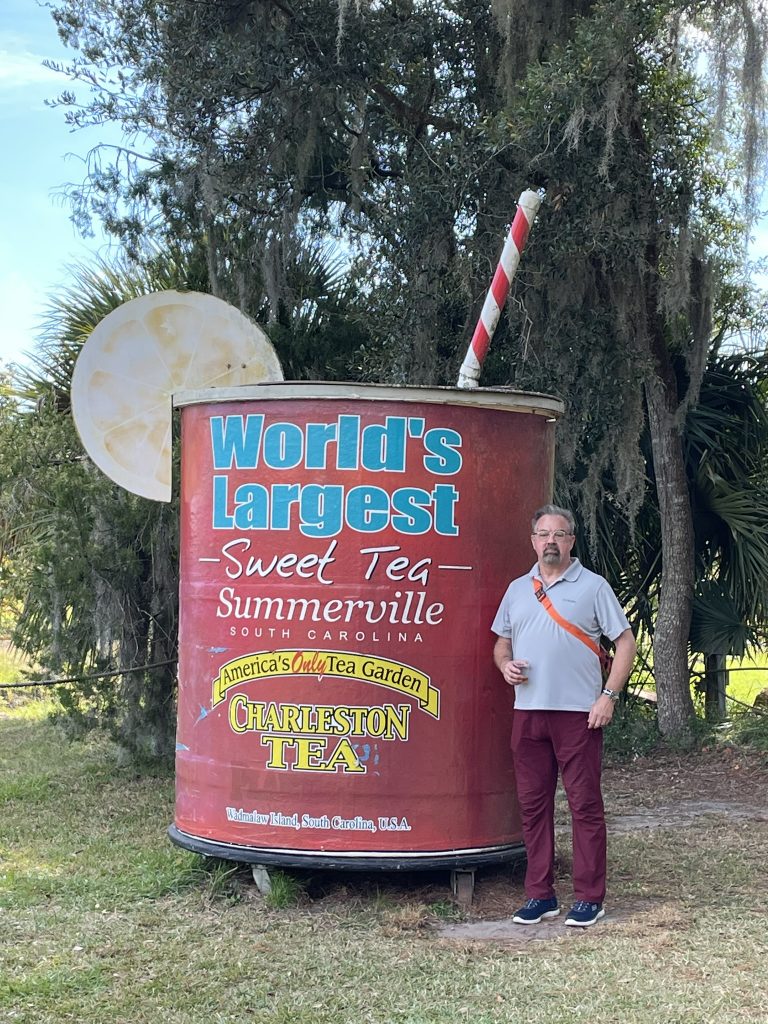It’s not every day you come across a tea “garden,” so we drove about 20 miles south of Charleston, South Carolina, to Wadmalaw Island so we could explore the Charleston Tea Garden. They are the only large-scale growers of tea in the United States, though there are some smaller operations that still pick by hand.
Tea plants (Camellia sinensis) were first brought to the United States in the late 1700s. It took decades of trial and error to figure out how to successfully grow tea here.
It wasn’t until 1888 that Dr. Charles Shepard founded the Pinehurst Tea Plantation that American grown tea became a reality.
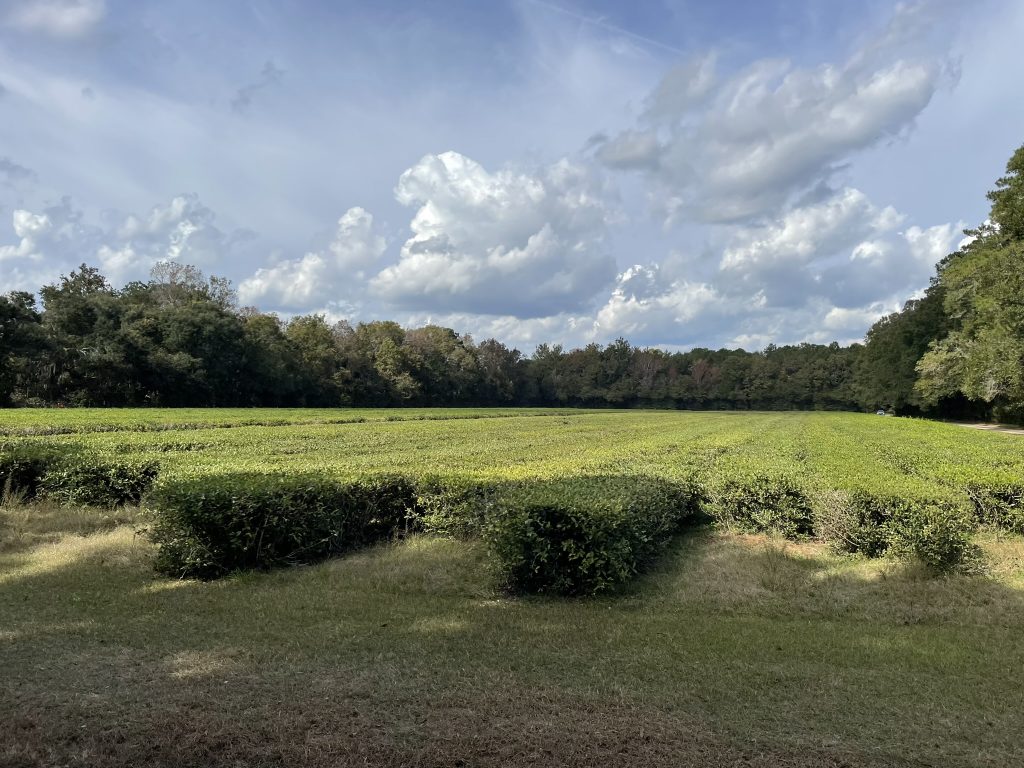
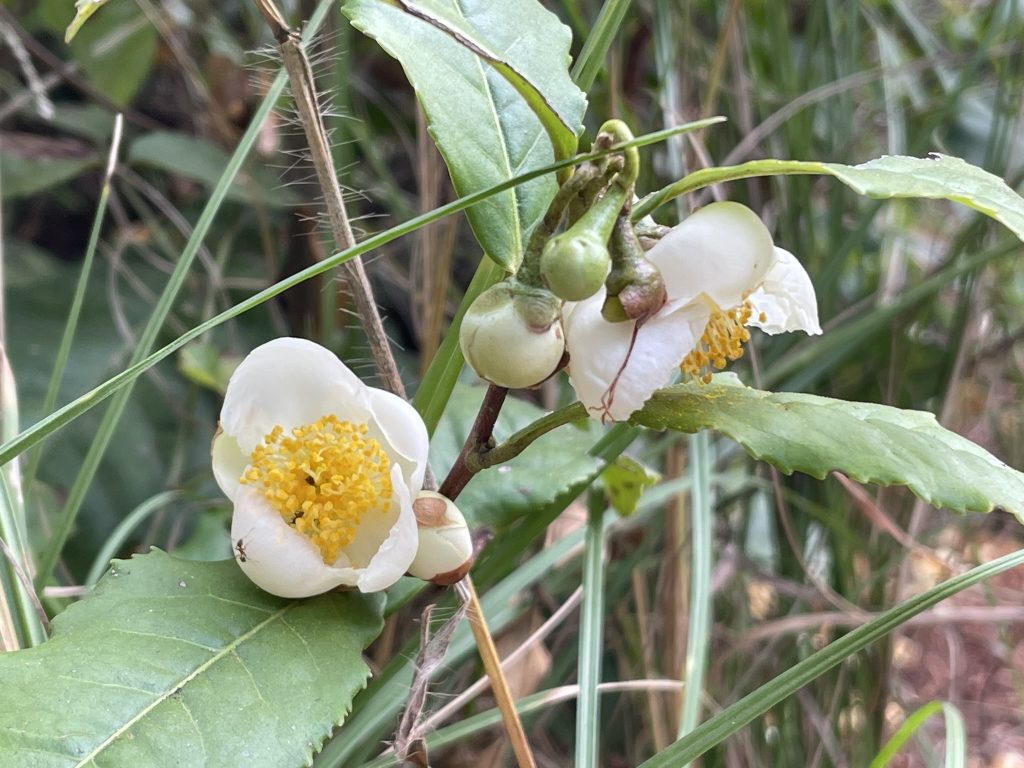
However, after Shepard’s death in 1915, the plantation closed and the plants grew wild.
It wasn’t until 1963 that a nearby experimental farm relocated the plants and began to care for them again, conducting research over the next 24 years.
In 1987, William Barclay Hall stepped into the picture. He was a third-generation tea taster! Legitimately — he did a four-year tea apprenticeship in London, England.
He purchased the experimental farm and converted it to a commercial operation: the Charleston Tea Plantation.
Hall produced the “American Classic” black tea, the first ever made with 100% US grown tea.
In 2003 the business was purchased by the Bigelow Tea Company, though they continue to sell under the brand names American Classic Tea and Charleston Tea Garden.
In 2020 they renamed themselves from Charleston Tea Plantation to Charleston Tea Garden, recognizing the negative historical connection of the word “plantation” to slavery (and to which they have no connection).
At the Charleston Tea Garden we sampled hot and cold tea, gratis, perused the gift shop, did the factory tour (not especially exciting due to no processing going on while we were there), and took a trolley tour around the grounds.
On the tour we saw hundreds of thousands of tea bushes growing on their 100 acres, as well as baby plants growing in the greenhouse.
